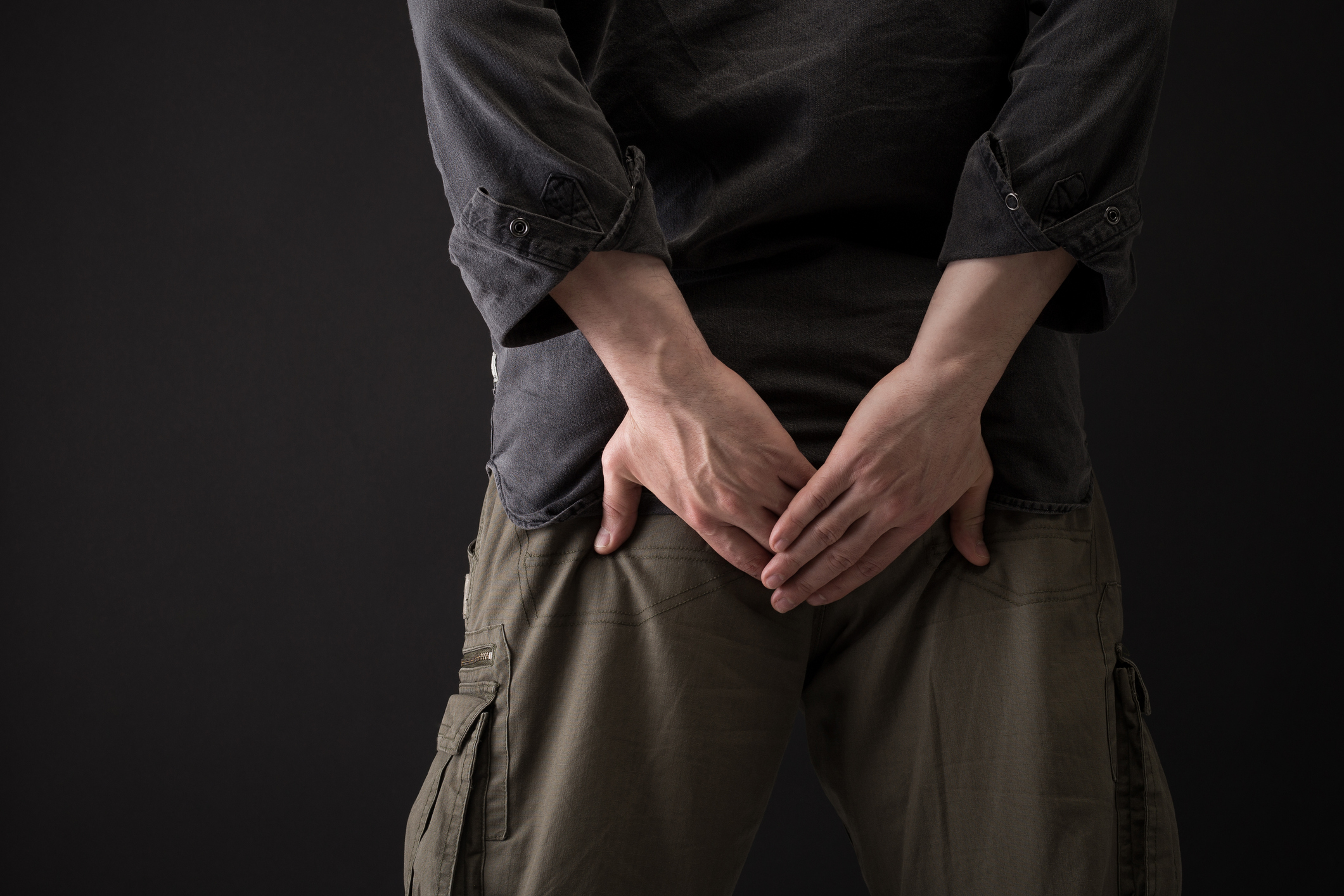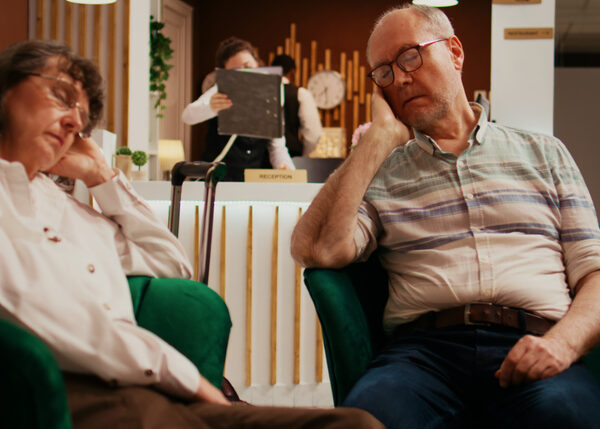You have likely heard that “sitting is the new smoking,” but did you know that a sedentary lifestyle could also cause something called Dead Butt Syndrome? Yes, it’s a real health condition that results from sitting all day, causing the muscles in the gluteus to stop firing properly.
According to a recent health.com report, inactive people who don’t use their glutes enough and spend most of the day in a seated position can develop weak gluteal muscles that can lead to lower back pain, hip pain and knee and ankle problems. Along with abdominal muscles, the glutes help to stabilize the pelvis and weak muscles can cause chronic problems as the body works to correct any imbalances.
Even runners can occasionally develop this condition when there is a disparity between strong hamstrings and quads and weak gluteus muscles. When one muscle group engages, others are sent a message to relax and if hips or thighs are being frequently engaged, the butt can develop “amnesia”.
If you think you might be falling into habits that could make you a candidate for a “dead butt,” your physician can administer a simple test in the office to see if the glutes are becoming weak. If the pelvis dips on the side of the body when the leg is lifted in front or there is an exaggerated curve in the lower spine, weak gluteus muscles may be to blame.
Although this condition can be corrected with targeted exercises, it’s much easier to prevent by taking frequent breaks from sitting to walk around or stretch. Try to get up and move once every hour and take phone calls while standing, perhaps even while tightening the booty at intervals. By swapping your chair for an exercise ball or using a stand-up desk, prolonged sitting can be avoided. It’s key to mix up your routine and not remain in any one position for long periods. Many activity trackers or smartphones can be set to give you a subtle notification when it’s time to get moving.
Leg lifts and squats should be incorporated into your exercise routine to keep the body in proper balance. Try these yoga poses that can be done at your desk help you stretch, engage muscles and relieve stress; the Seahorse Pose is especially good for tight hip flexors.






Add Your Voice
0 Comments
Join the Discussion